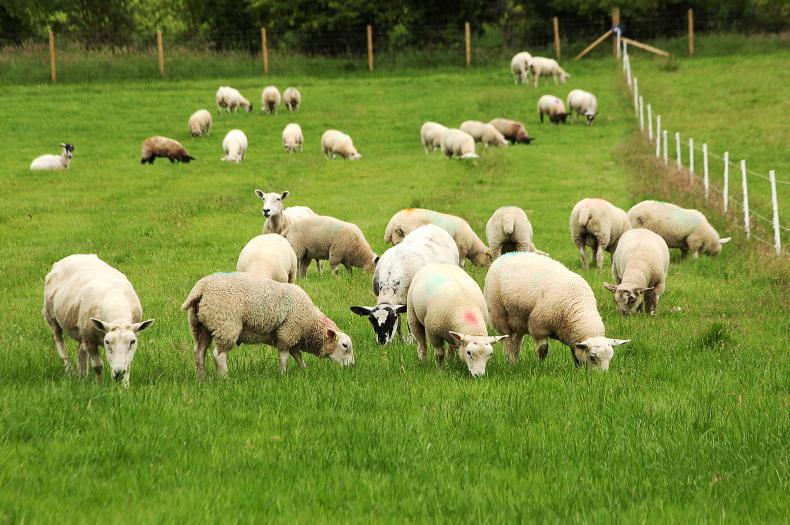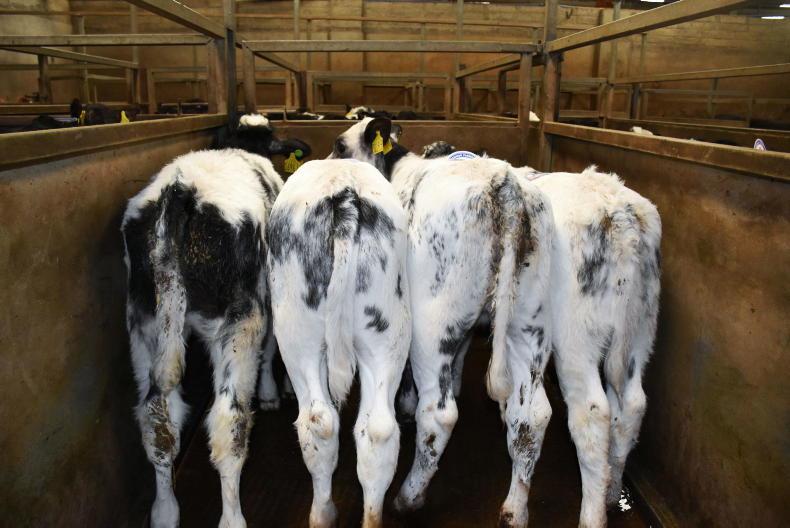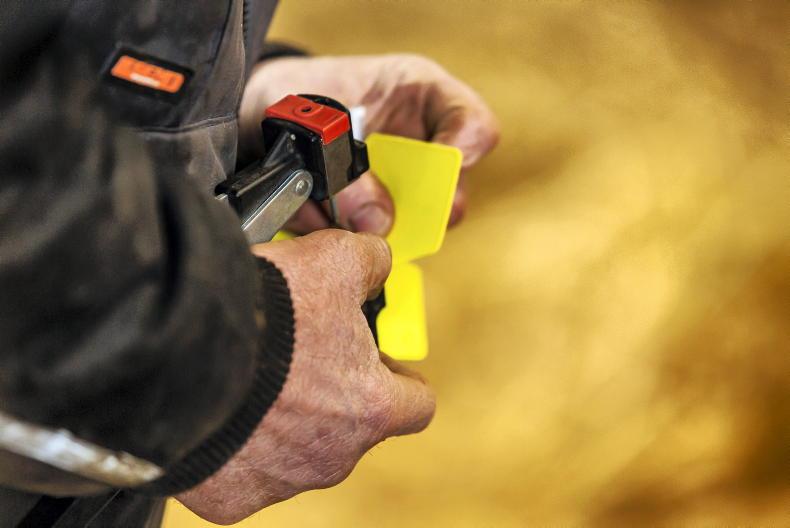This week, Kieran Mailey provides an overview of the financial performance for the programme farms operating lowland sheep flocks. The key financial and physical parameters measured for 2019 and 2020 are outlined in Table 1.
Dungannon, Co Tyrone
Mark runs his flock on 56ha of grassland with an average of 248 breeding ewes last year, a slight reduction on 2019 levels.
Gross Margin (GM) increased from £72 (€84) to £100 (€117) on a per-ewe basis, or from £609/ha (€716) to £801/ha (€942).
Variable costs recorded a marginal increase to £31/ewe (€36) as the farm invests in soil fertility by building lime, phosphate (P) and potash (K) levels.
Output per ewe averaged £132 (€155) last year, up £31 (€36) on 2019 levels and buoyed by a strong market in midsummer. Lambs weaned increased from 1.51 to 1.69/ewe, also boosting output.
Another factor driving output is getting more lambs sold fat, rather than later-born animals being sold as stores through improved grazing management and flock genetics.
Annaclone, Co Down
Paraic runs lowland ewes on 33ha with his father Seamus. The flock had an average of 170 mature ewes last year, mostly Texel and Suffolk cross with some Belclare-bred animals.
GM increased from £36/ewe (€42) to £43 (€51), whereas, on a per hectare of land farmed, GM increased from £265 (€311) to £337 (€396). Output per ewe increased by £5/ewe (€6) to £109 (€128) with around 80% of lambs killed off grass by early autumn.
A sizeable percentage of lambs were drafted by late June, before the surge in market prices over midsummer and this was reflected in output.
Variable costs at £66/ewe (€77) are high. Meal feeding (ewe and lamb concentrate) decreased from 70kg/head in 2019 to 65kg/head last year as the focus switches to improving output from grass.
Tynan Abbey, Co Tyrone
Kate and Peter ran an average of 530 mature ewes in 2020 and benchmarking shows excellent progress is being made year on year.
Gross margin increased from £66/ewe (€77) to £87/ewe (€102) with a rise of £110/ha (€129) to €485 (€571).
The flock is lambed in two batches with the larger second group of ewes lambing outdoors, helping to cut input costs.
Variable costs were marginally higher year on year at £47/ewe (€55) with improvements to grassland accounting for a sizeable portion of these inputs.
Output rose by £23/ewe (€27) to £134 (€157) with around 75% of lambs sold direct for slaughter by early September, while lighter lambs were sold on a buoyant live market in early autumn.
Tempo, Co Fermanagh
Roy and Marilyn ran 200 breeding ewes last year, up from 160 in 2019. Higher lamb prices and more lambs being sold fat during the summer period boosted GM on a per ewe and a hectare basis.
GM/ewe increased by £31 (€36) to £83 (€98) with GM/ha up £43 (€51) to £565 (€664). The farm increased from 27ha of grassland to 47ha, which would have curtailed the rise in GM/ha if forage area had remained static.
Variable costs have been marginally lower to £64/ewe (€75). As with the other farms, inputs for grassland management and reseeding are a major contributor to variable costs.
Forage brassicas are also grown for grazing in late to early autumn, as part of the reseeding programme and this is also factored into variable costs.
Belnaleck, Co Fermanagh
Trevor runs a lowland flock which had an average of 167 mature ewes in 2020. There were some changes to the farm system in 2020 that have skewed the benchmarking figures.
Firstly, ewe lambs that were normally retained for breeding were all sold in 2020. No replacements will join the flock this spring. This is a short term decision and replacements will be retained for next spring.
Trevor also runs a contract-rearing system for dairy heifers and expanded this enterprise last year. Therefore, more land had to be allocated to heifers rearing, rather than sheep production.
Selling all lambs born on farm drove output per ewe to £180 (€212). Variable costs also eased back to £58/ewe (€68) with no lambs wintered.
With no replacements retained, or purchased, gross margin per ewe rose to £122 (€143). On a per-hectare basis, reducing the land base for carrying ewes has skewed GM significantly to £797 (€937).










SHARING OPTIONS